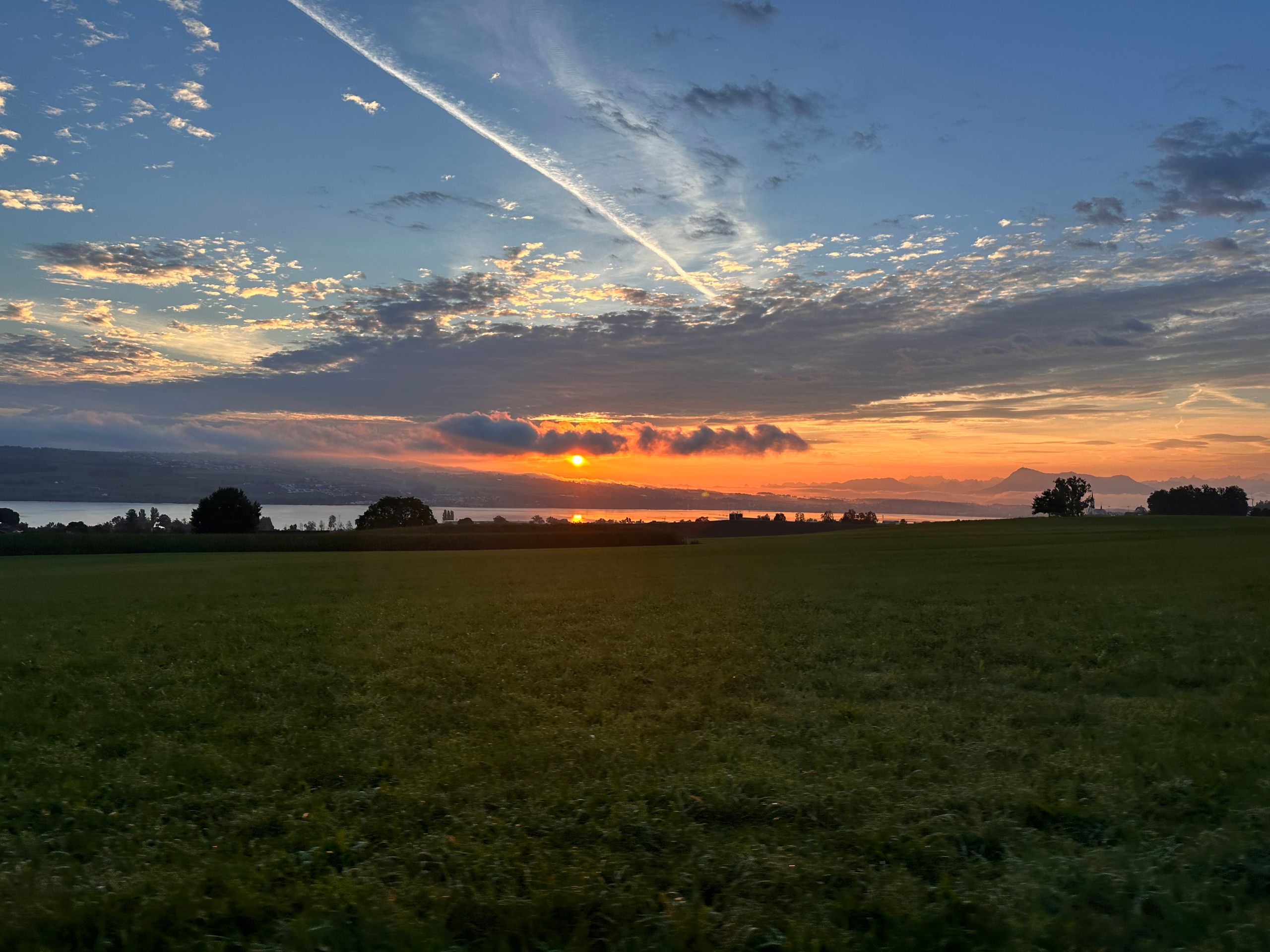A Day in Girona
ਪ੍ਰਕਾਸ਼ਿਤ: 23.10.2024

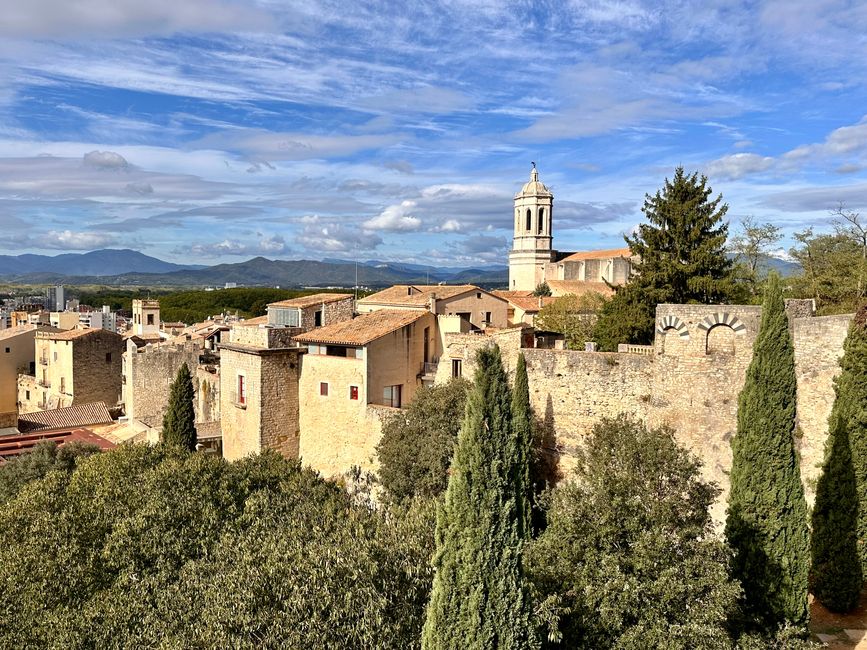
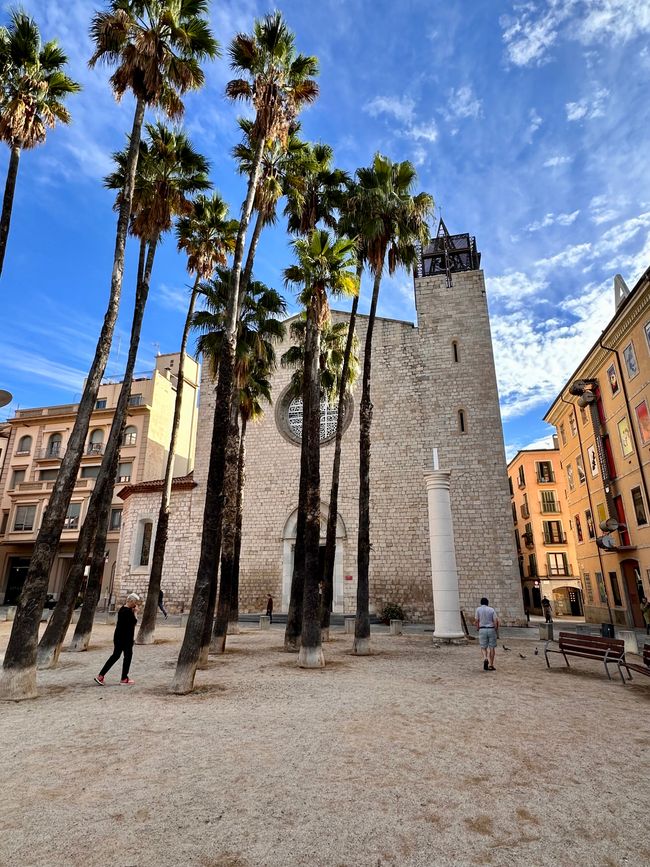
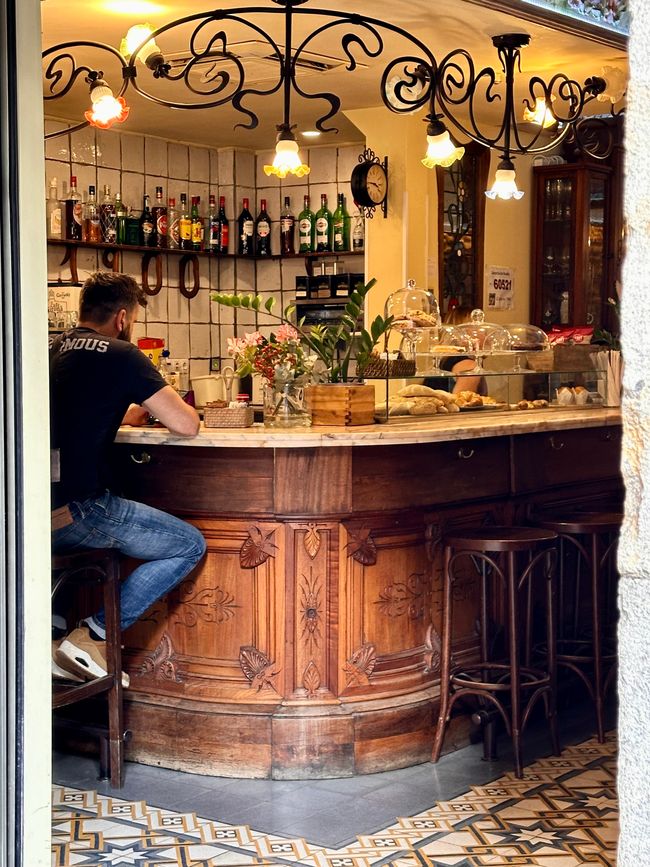
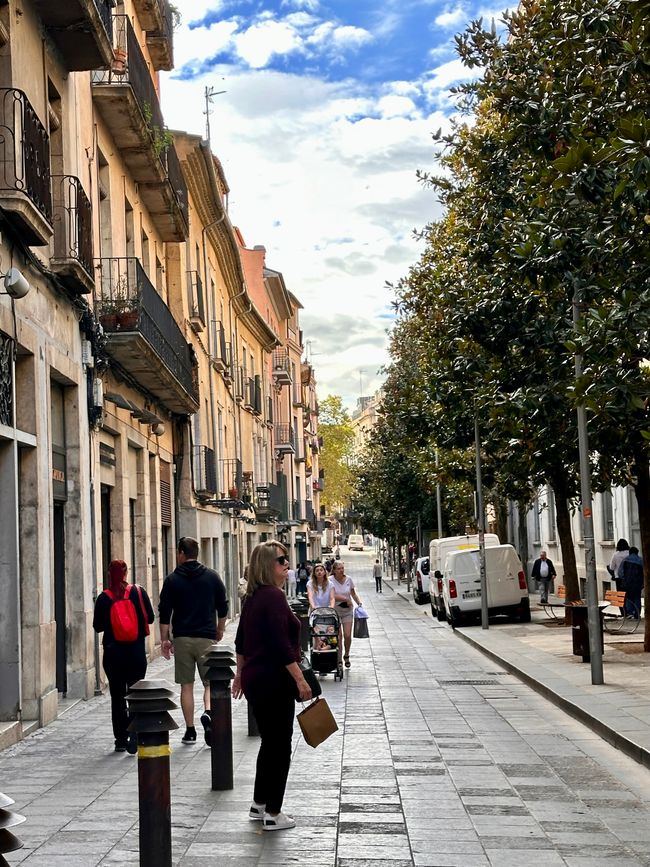
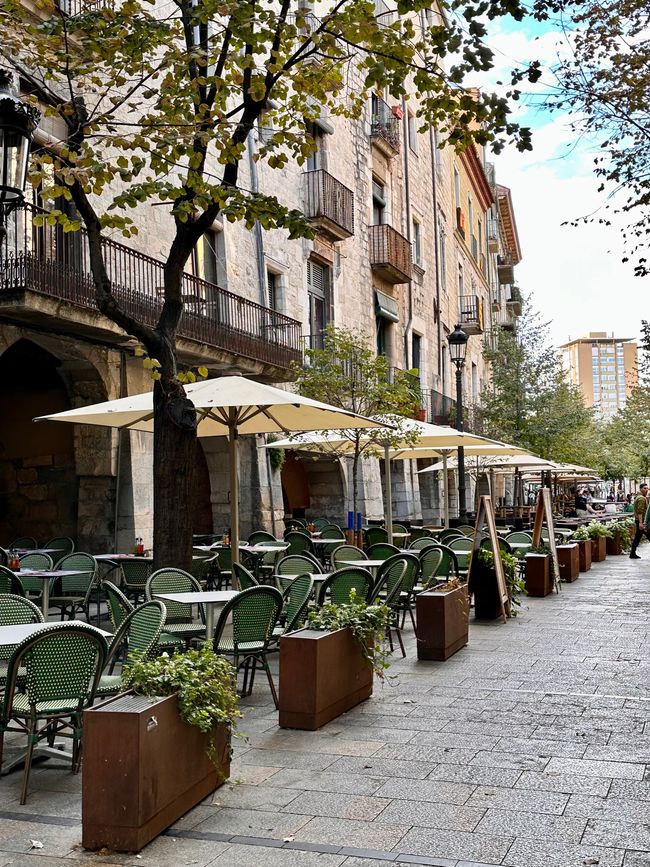


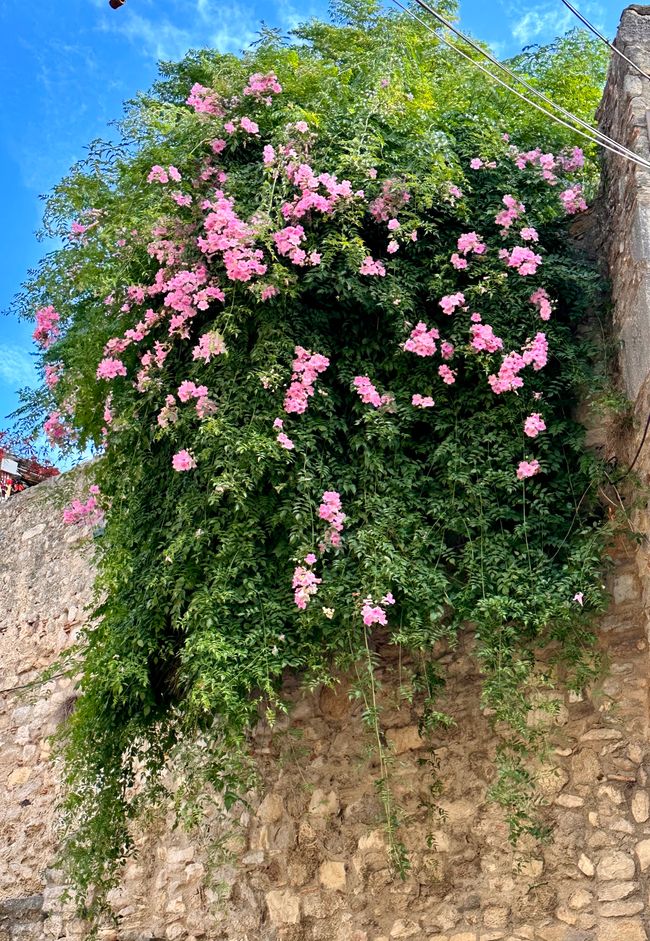
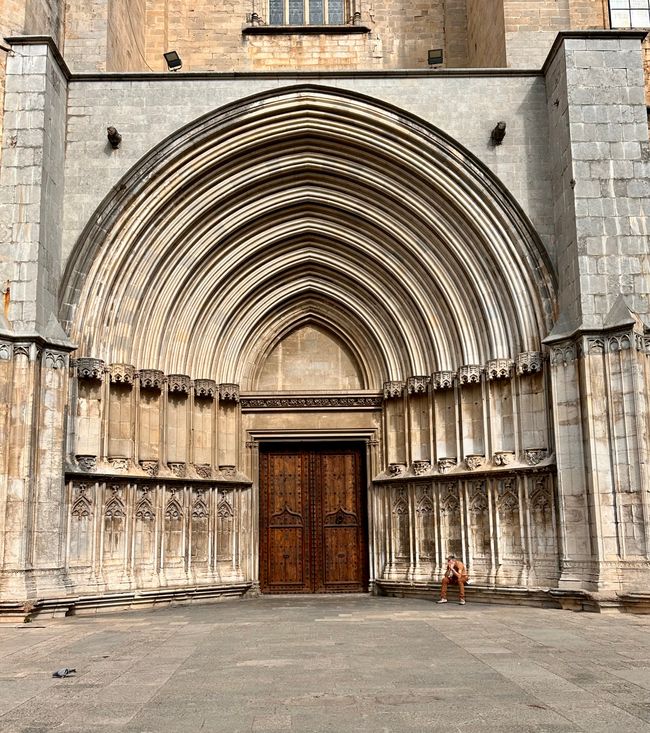
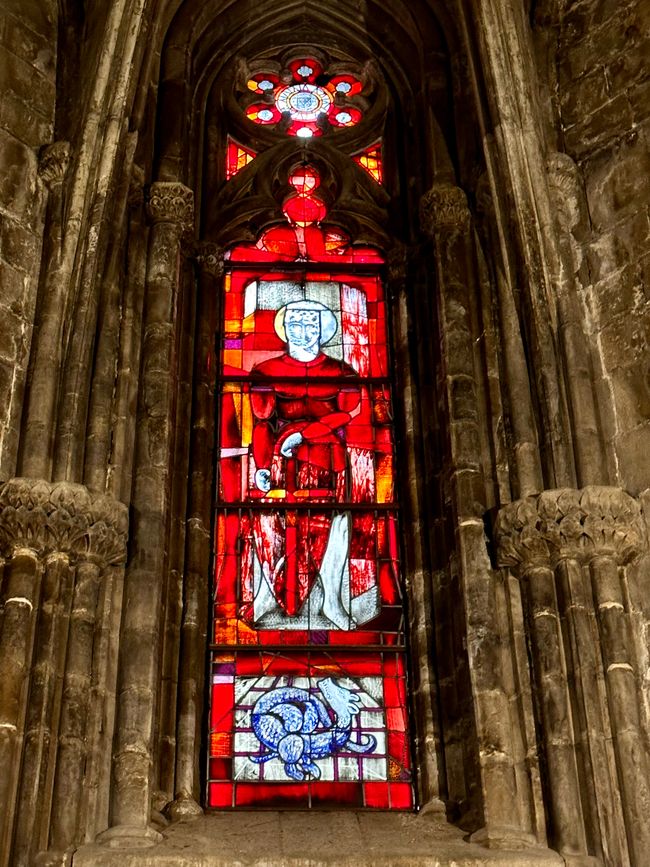
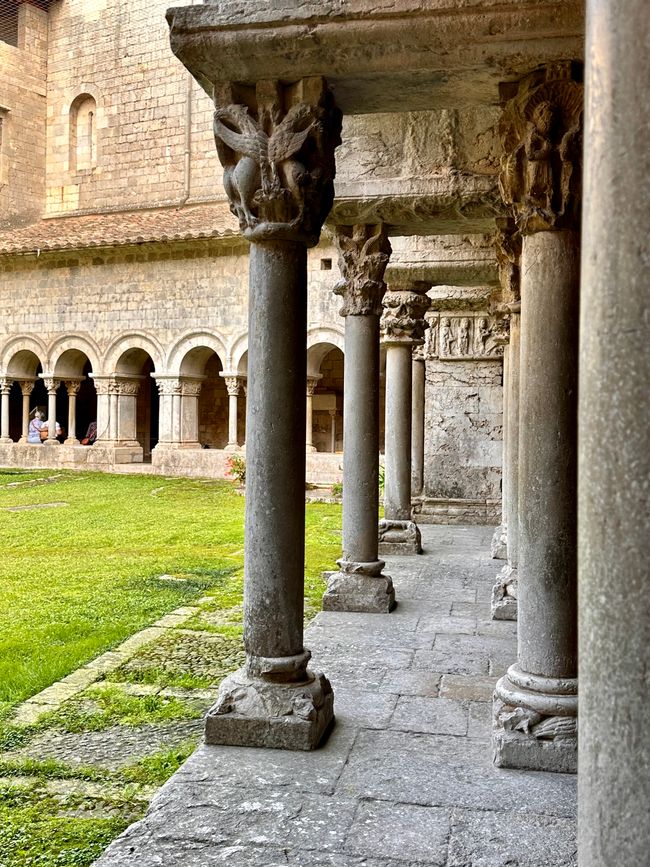
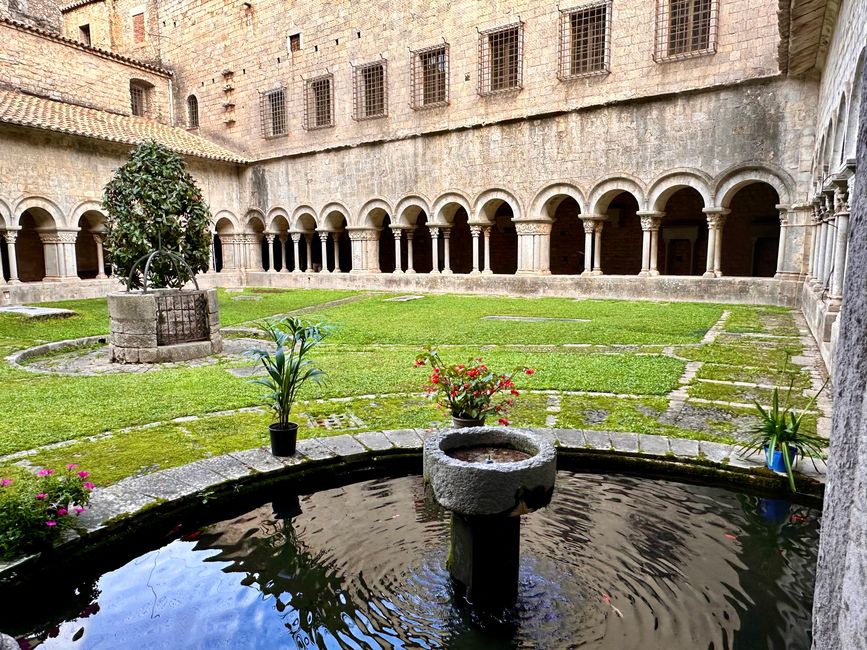
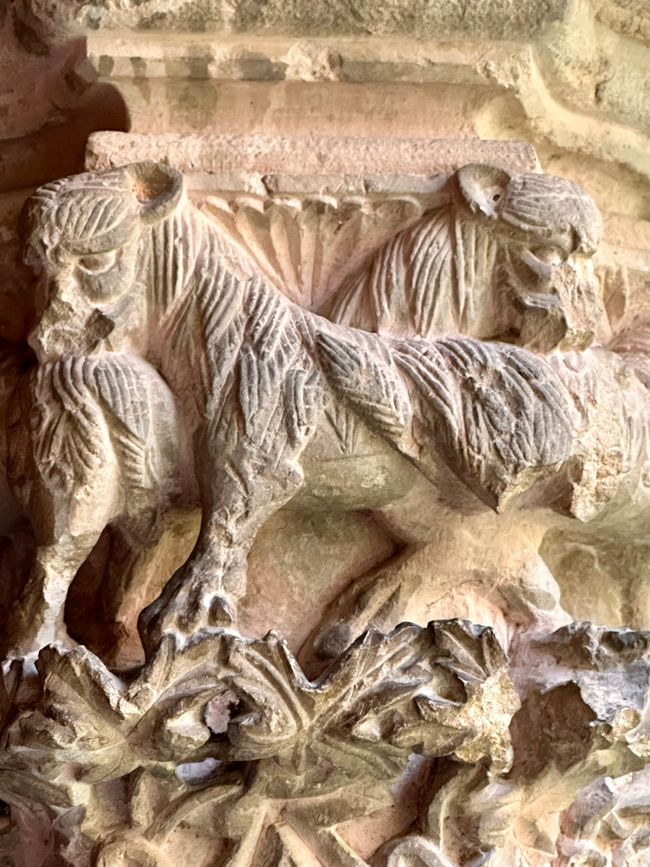
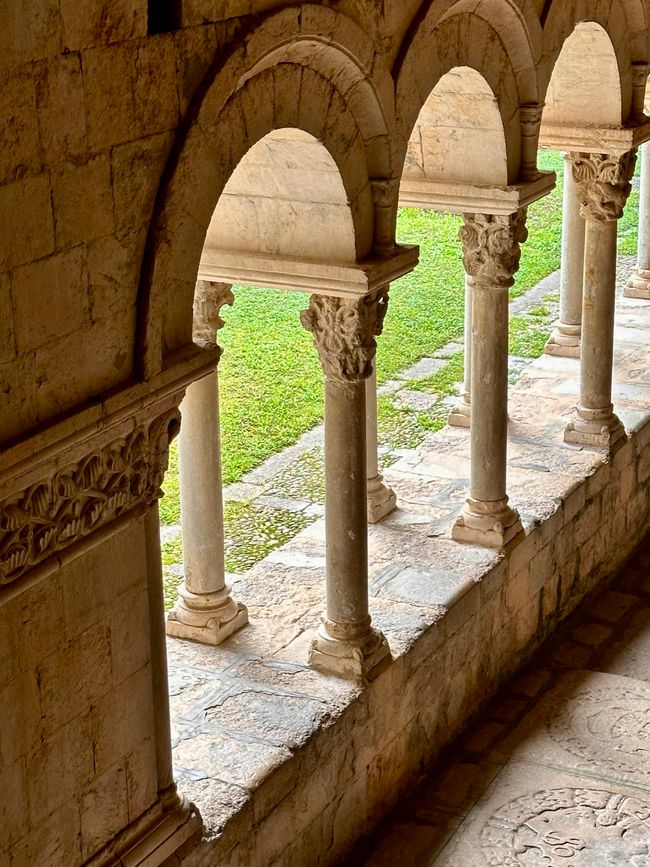
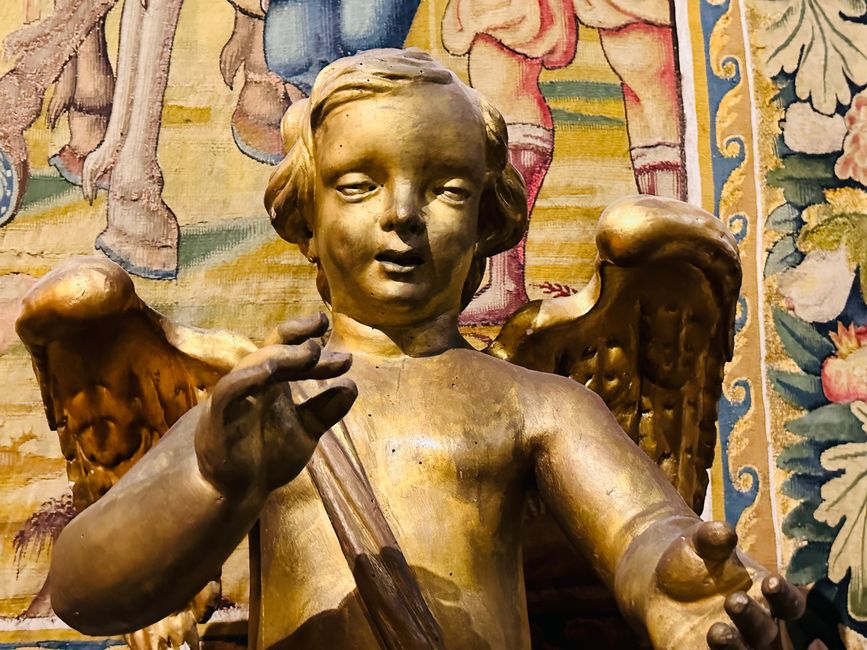
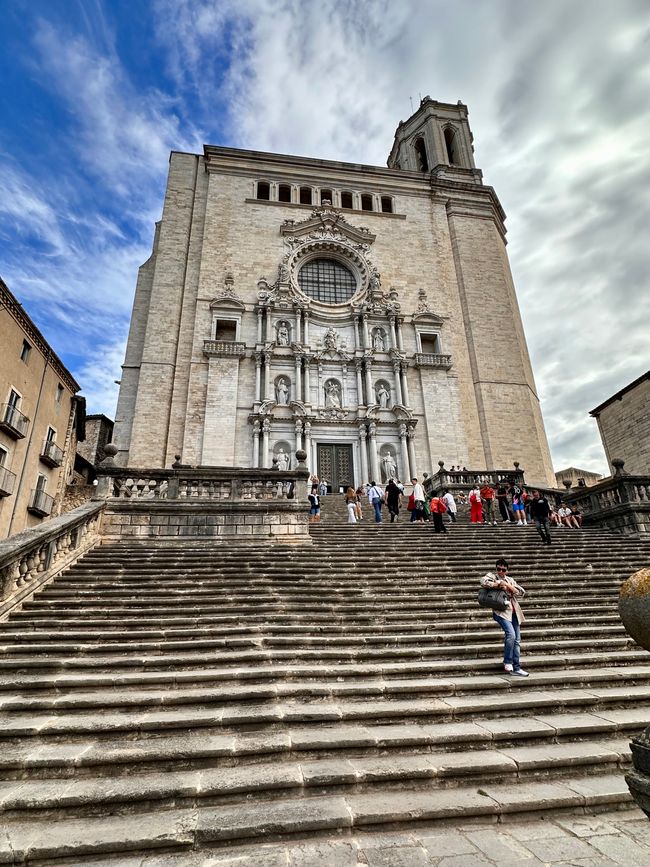
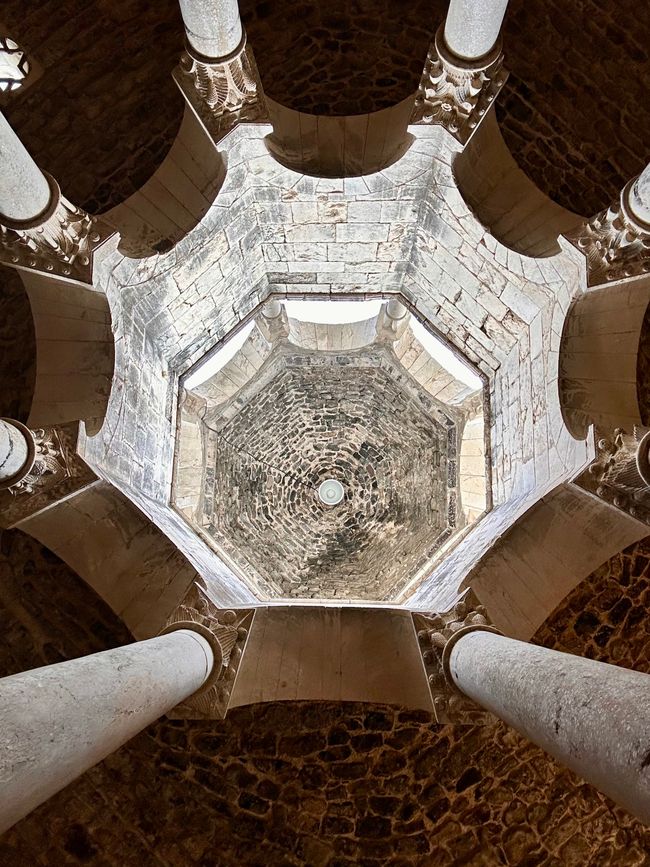
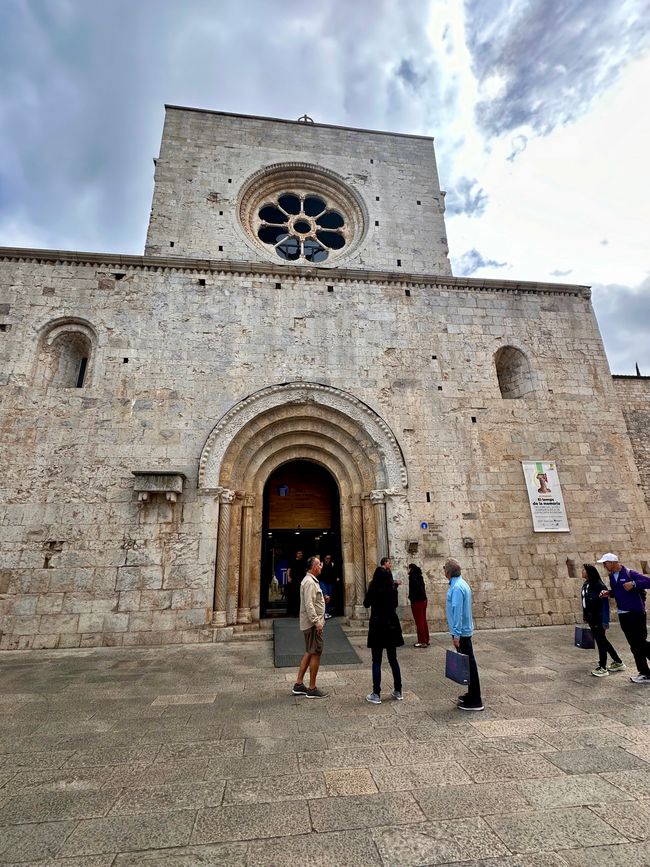
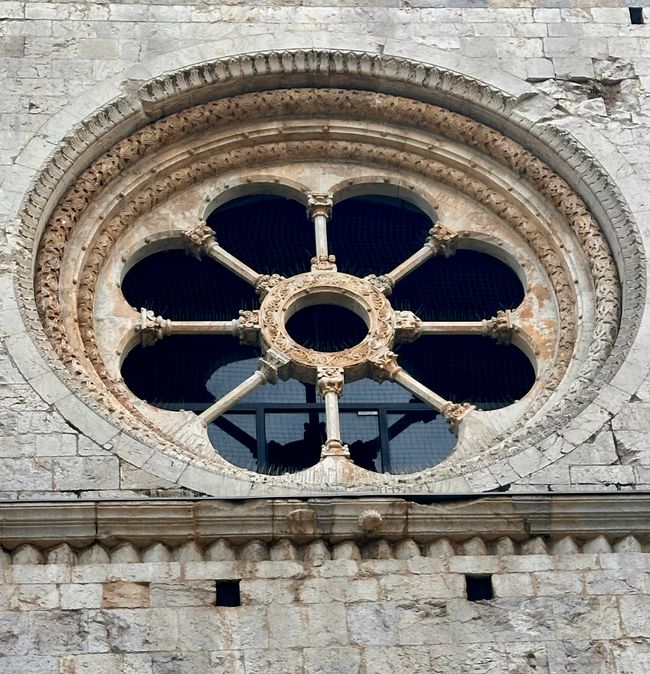
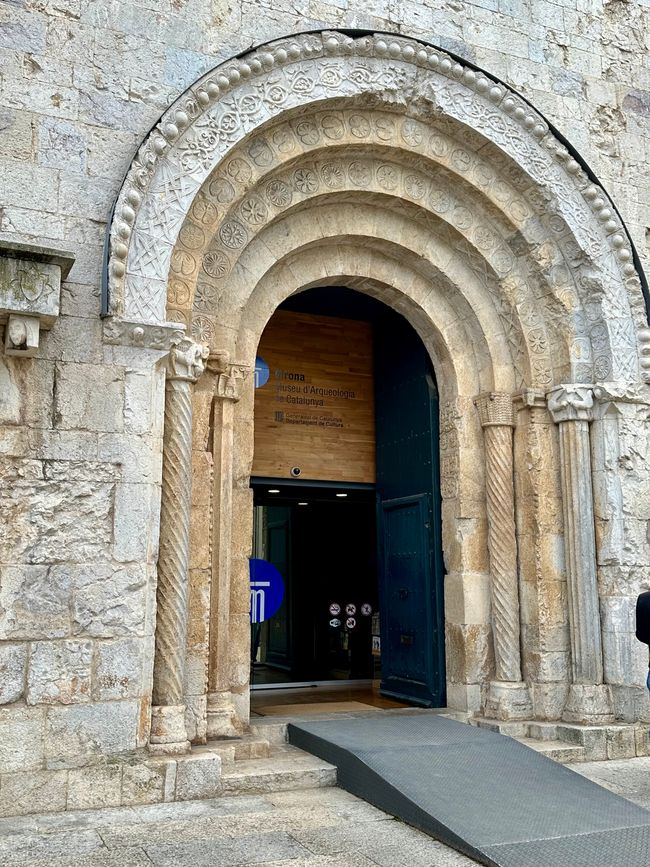
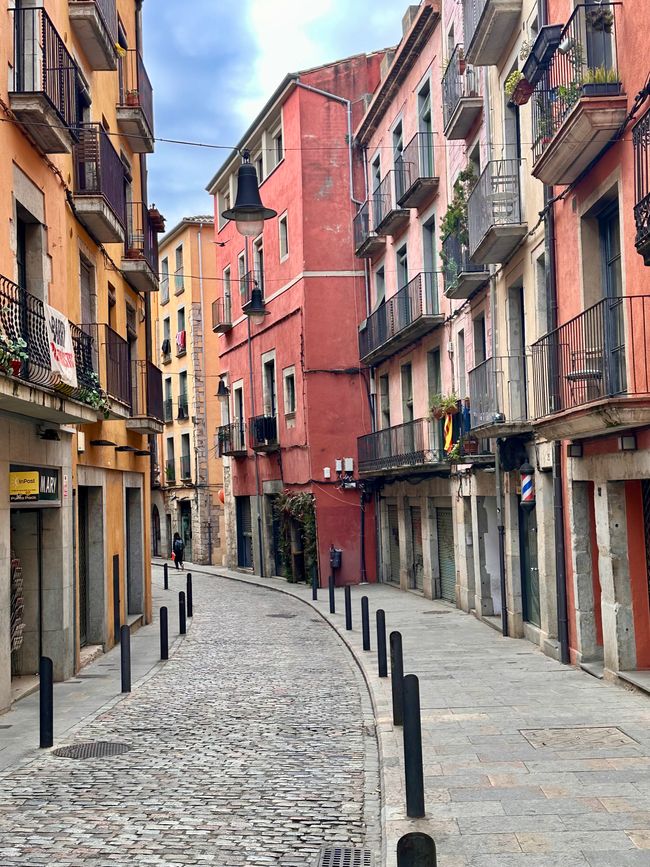
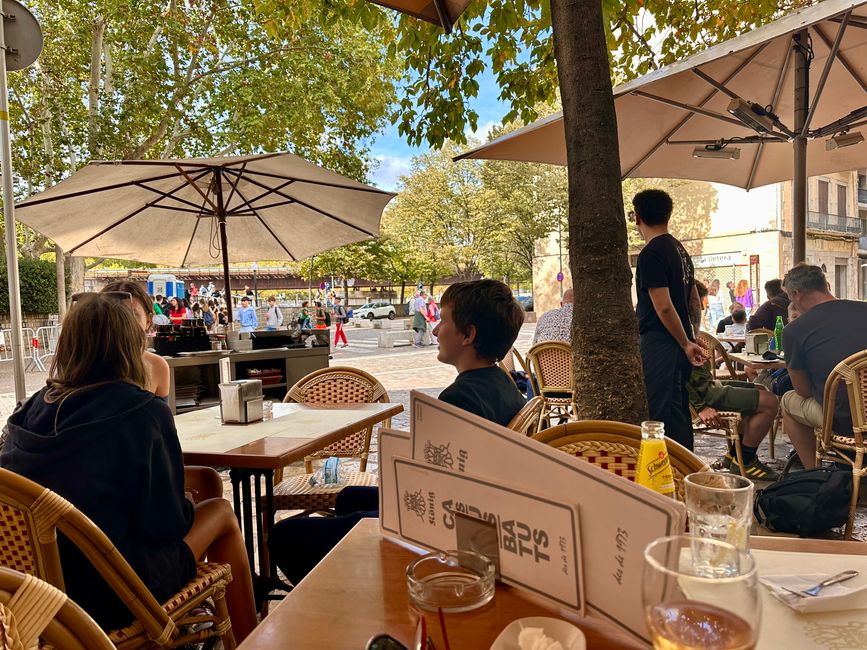
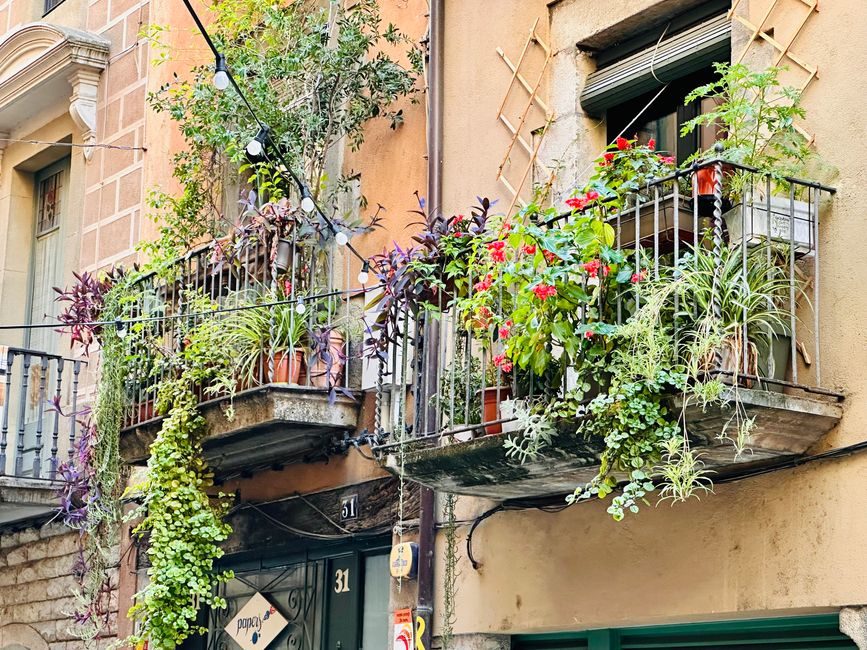
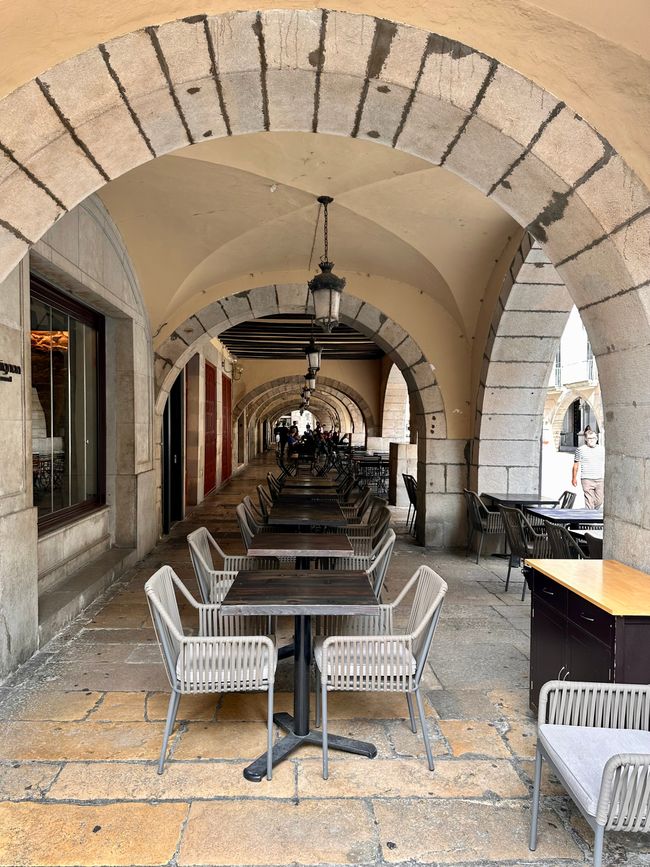
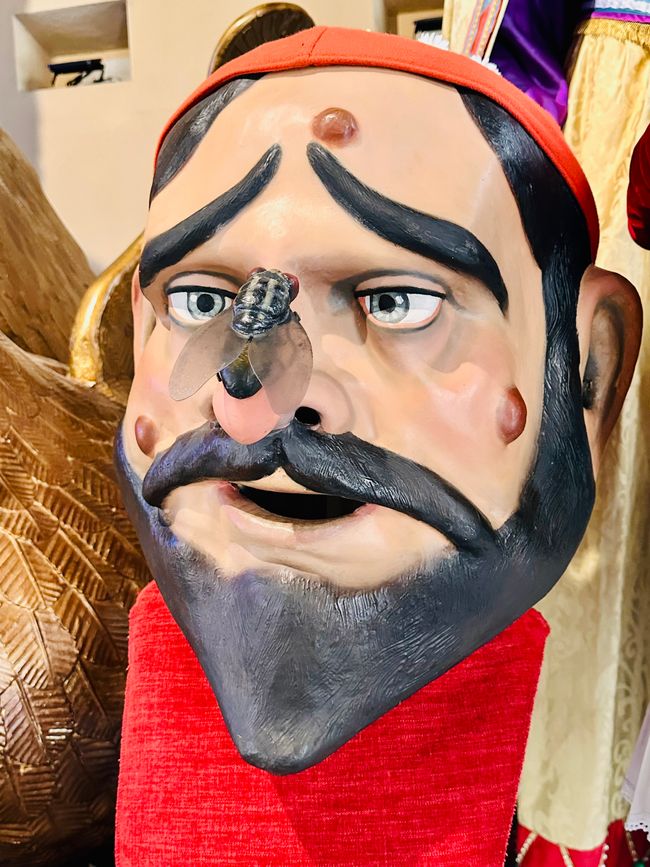
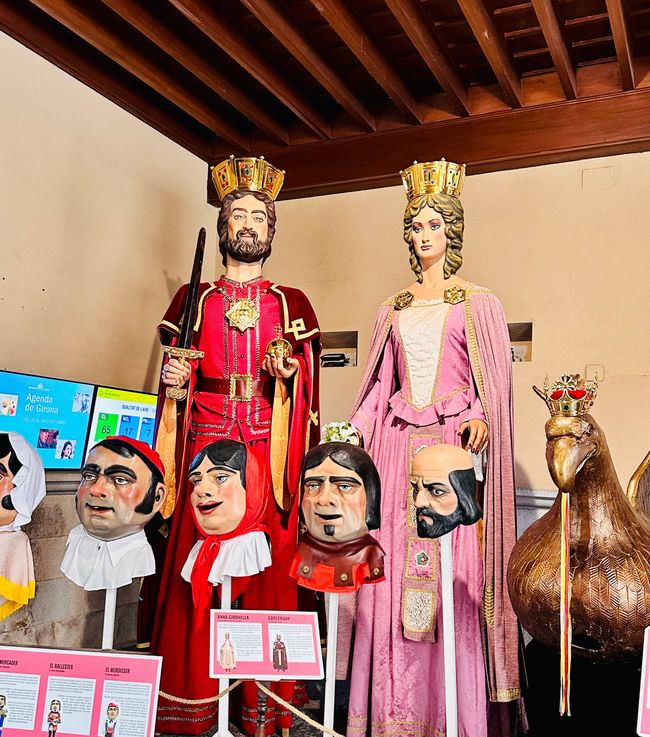
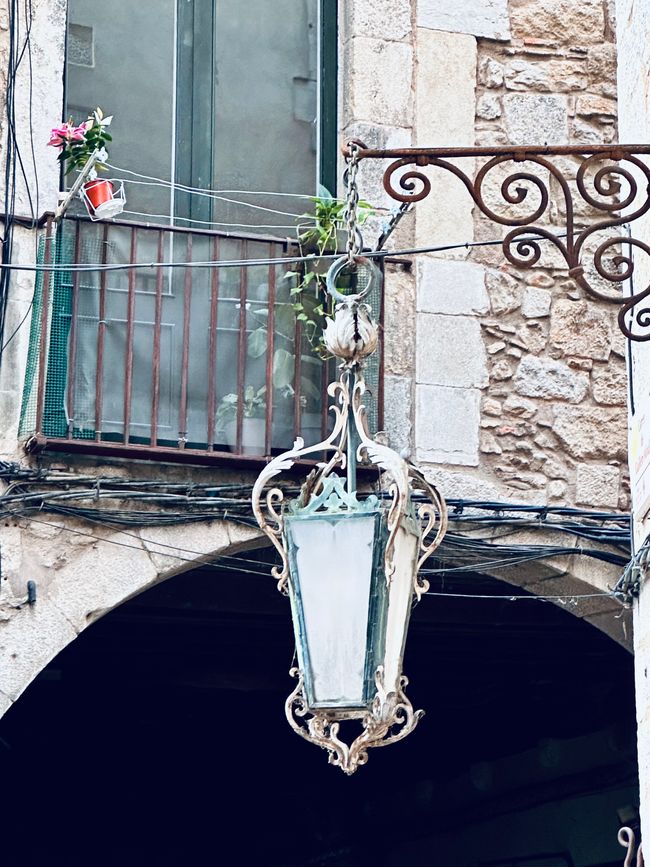
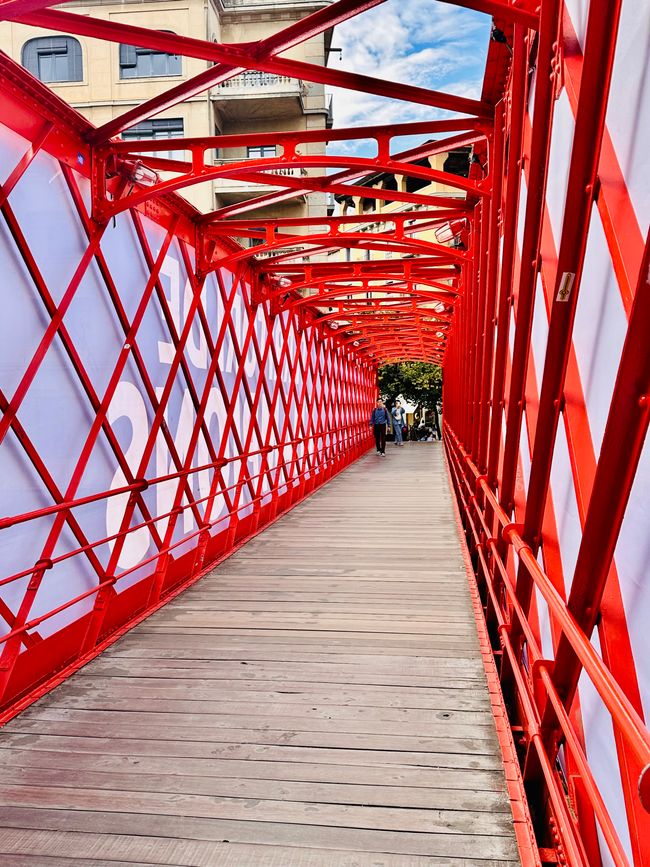
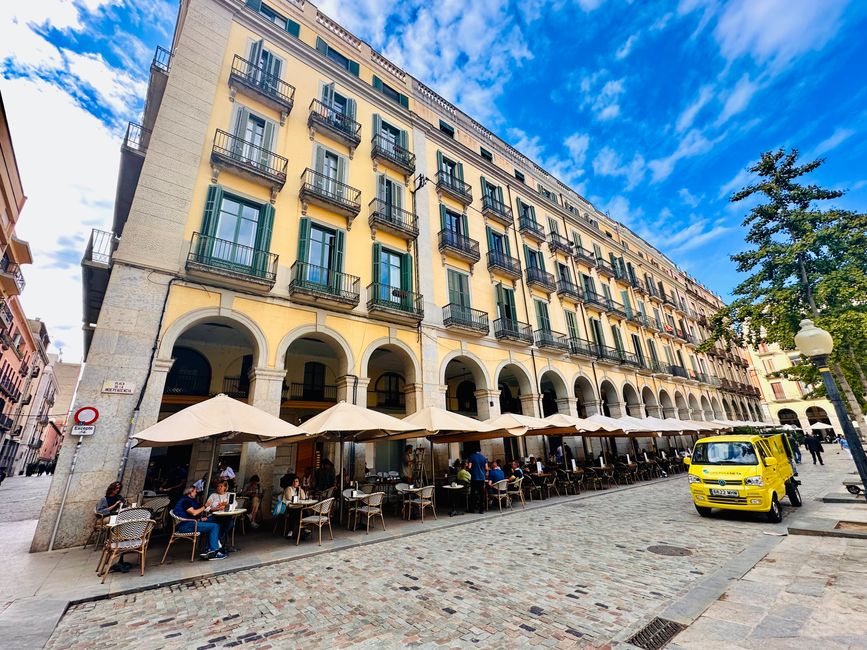
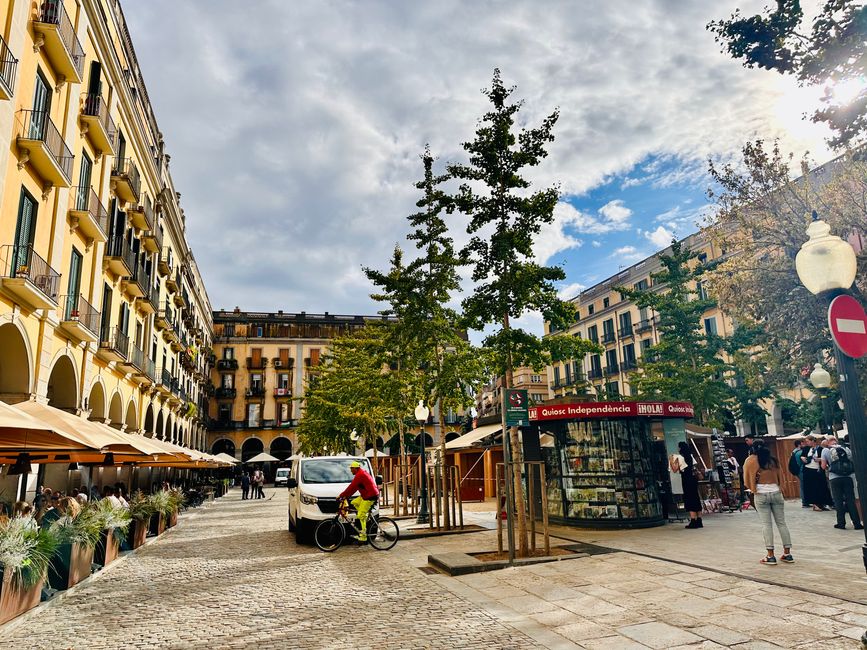
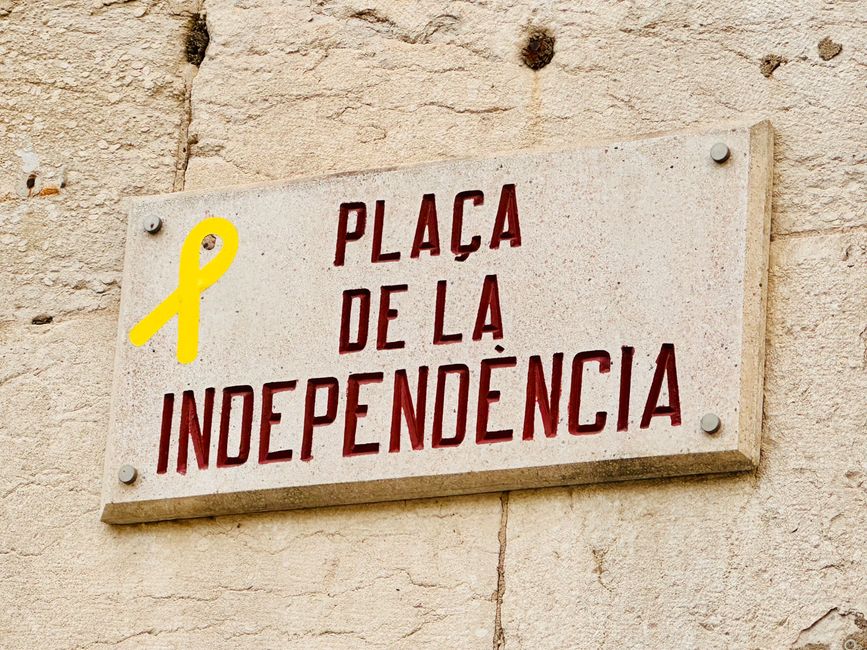
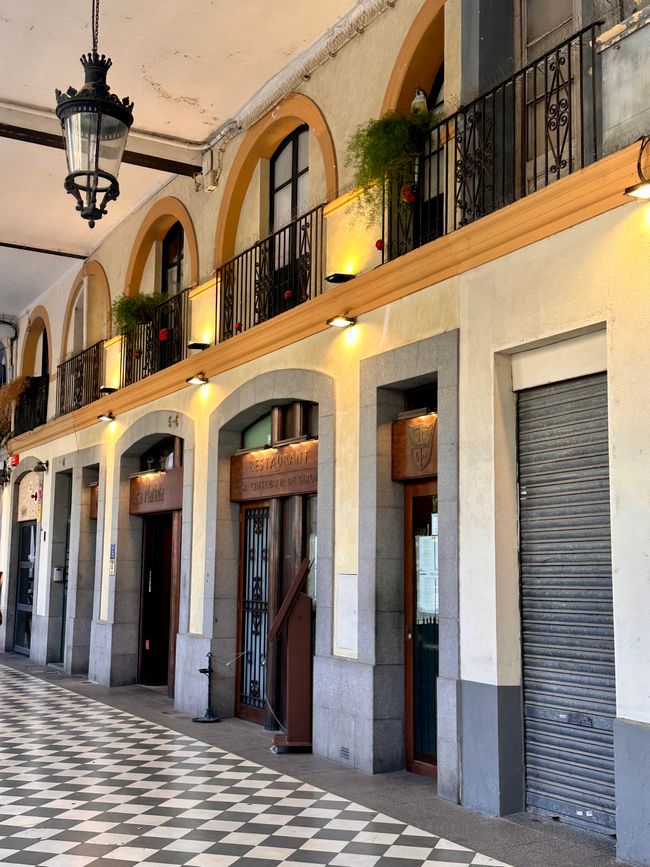
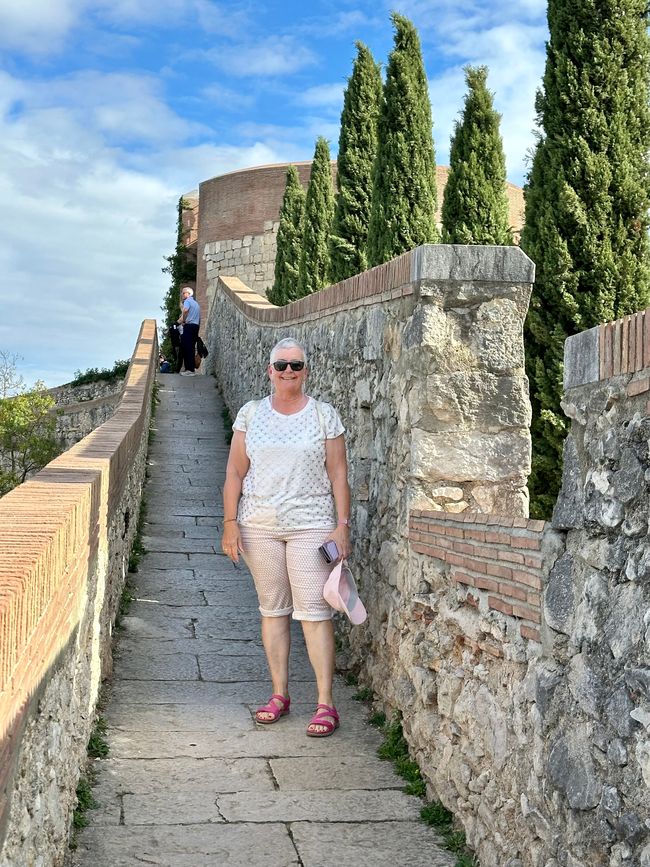
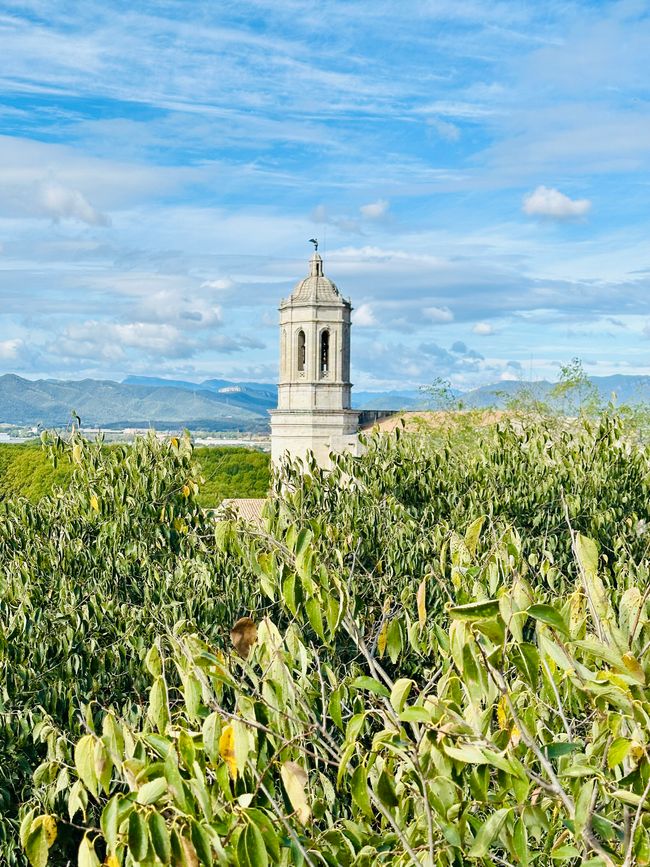
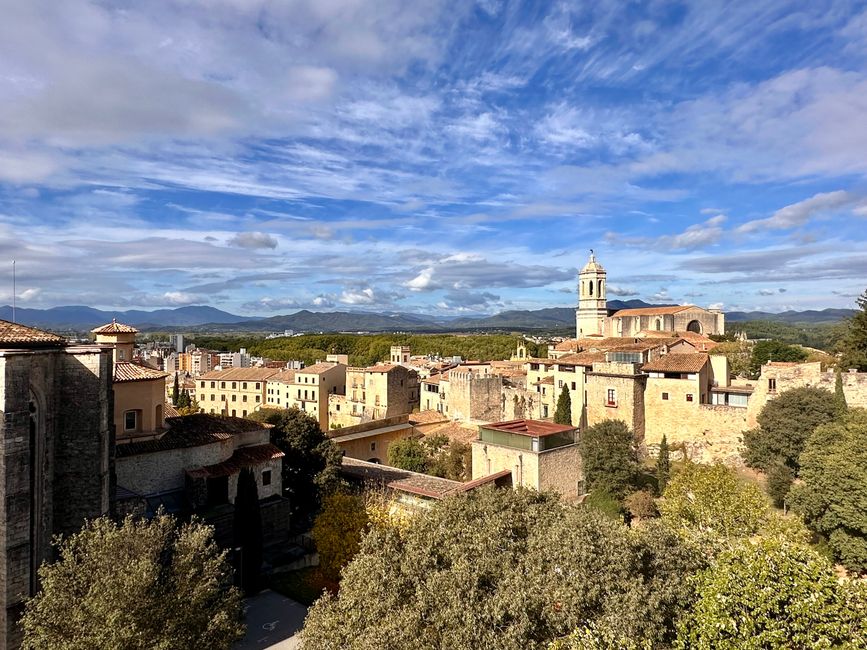
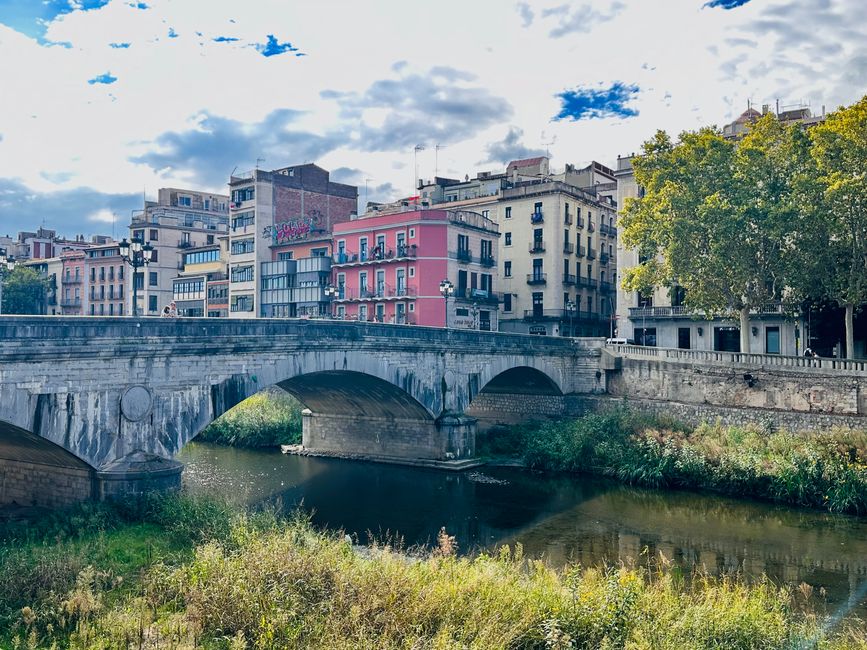
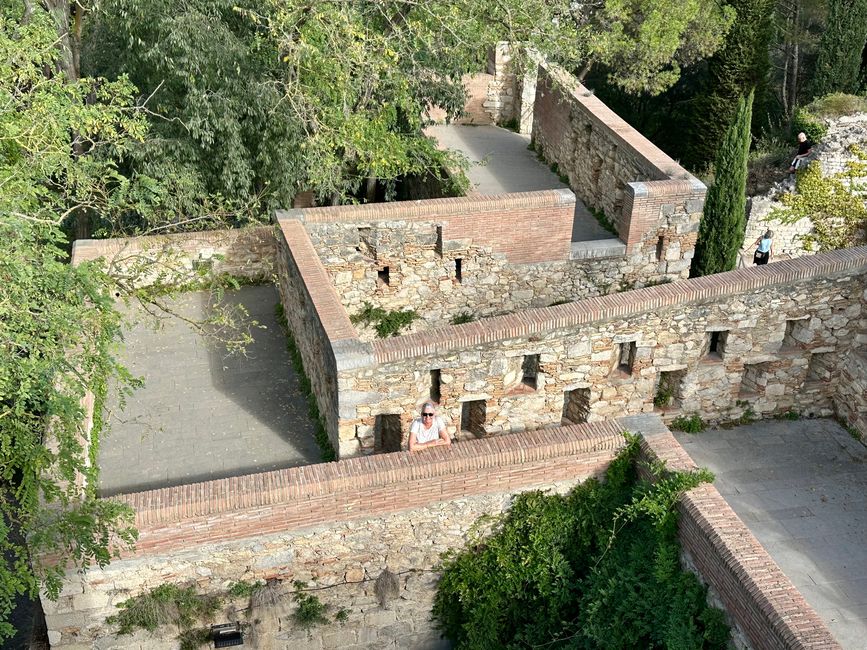
ਨਿਊਜ਼ਲੈਟਰ ਦੀ ਗਾਹਕੀ ਲਓ
Today we visit Girona. The so-called “City of Four Rivers” has a historic center shaped by medieval buildings and Roman, Arab, and Hebrew influences.
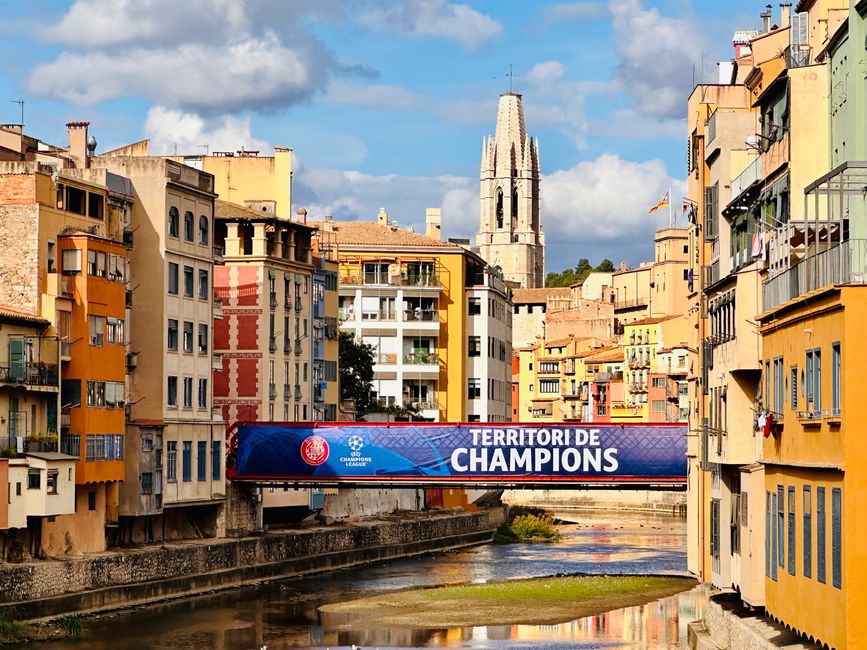
Girona was founded by the Iberians in ancient times and experienced many conquests over the centuries by Romans, Visigoths, Arabs, and finally the Franks. This tumultuous history has given the city a fascinating mix of architectural styles and cultural influences.
The most significant works of the city’s historical development lie within the walls of Força Vella.
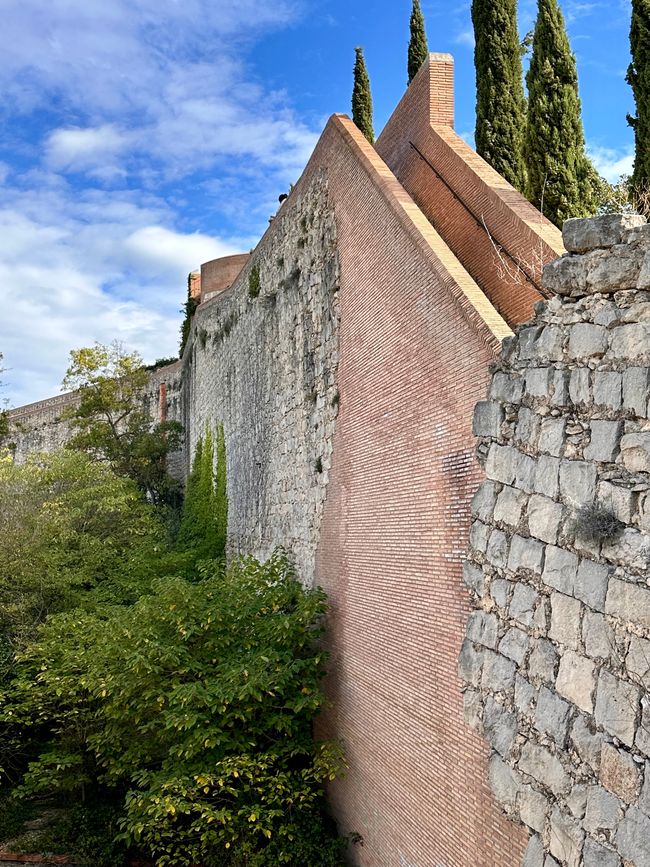
The Onyar separates the old town from the modern city. In the historic core of this Catalan town, traces of its long history remain, beginning with its founding by the Romans in the 1st century BC.
The original city wall also owes its existence to the Romans, with remnants stretching from the Paseo Arqueológico to the Jardines de la Muralla. The powerful defense structure surrounding old Girona remained unchanged until the year 1000 AD. From the old watchtowers of the fortification, one can see those neighborhoods of Girona that developed between the 11th and 15th centuries beyond Força Vella.
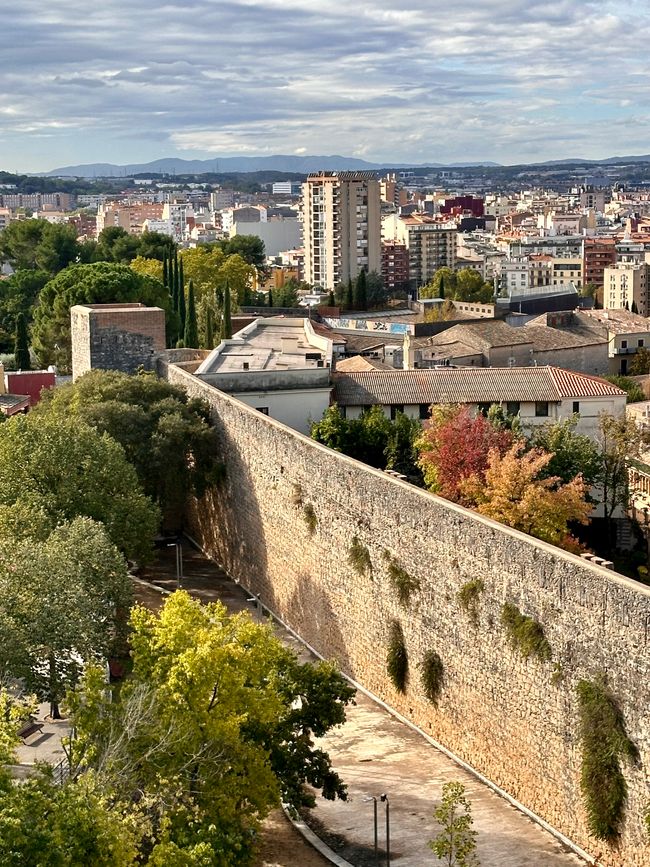
Within the city walls, the Cathedral of Santa Maria rises as a landmark of the city on the old town hill of Força Vella.
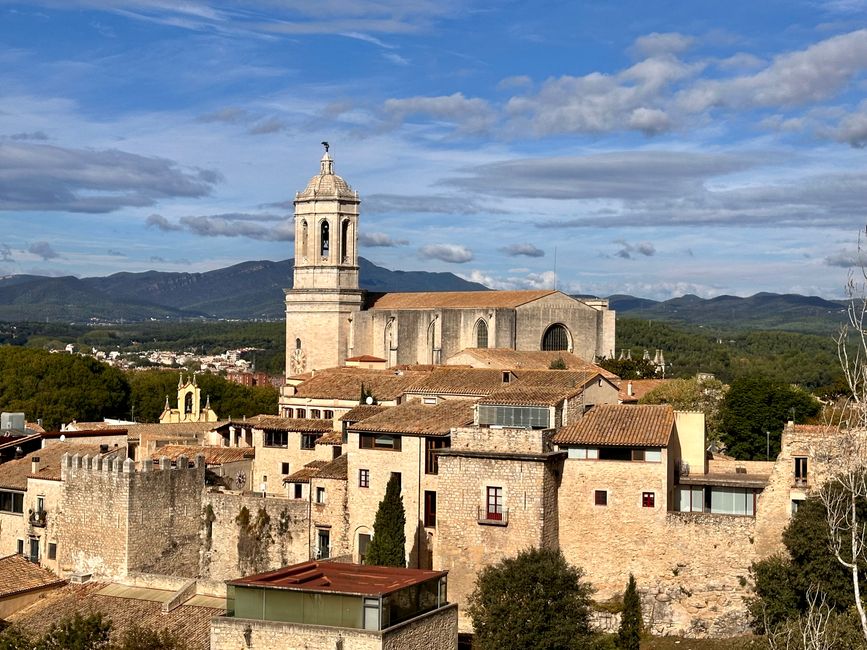
Built between the 11th and 18th centuries, it also encompasses different architectural styles from Romanesque to Gothic to Baroque. Its Romanesque origins are evident in its fortress-like appearance and strategic location.
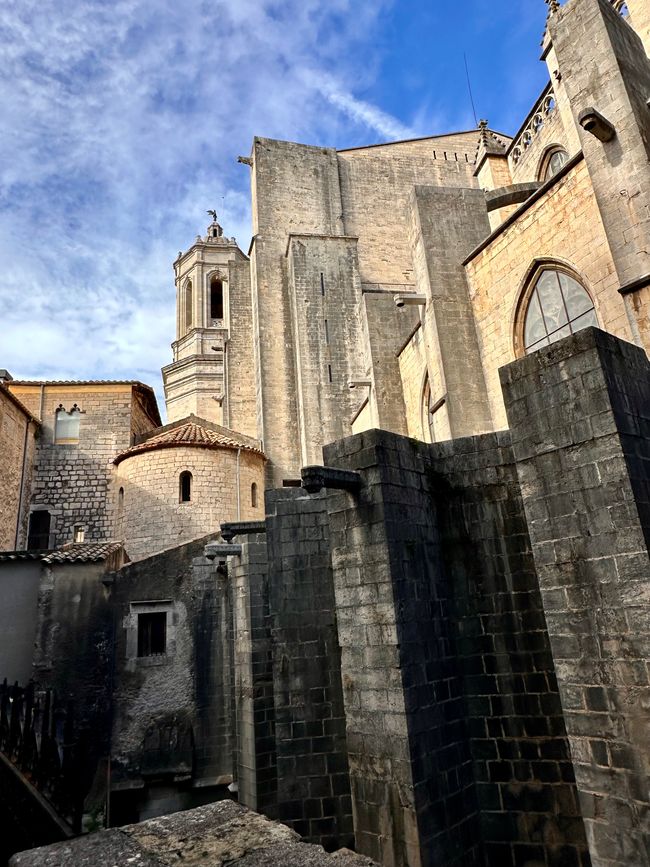
It has the widest Gothic nave in the world.
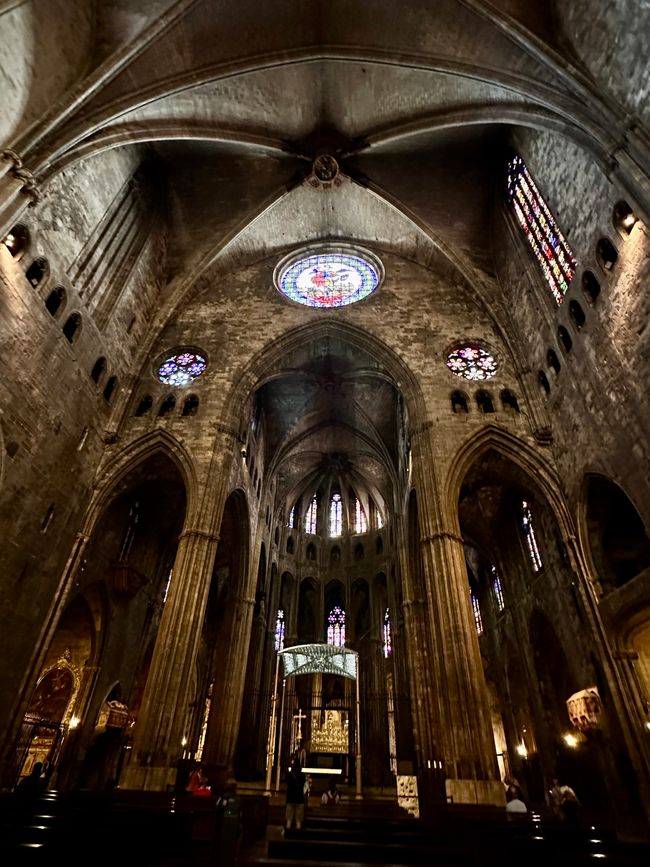
A myriad of small alleys forms the Jewish quarter of Girona, El Call. The Calle Força is the central axis of this district, where a synagogue and Kabbalah schools can be found. The squares Plaça del Oli and Plaça del Vi have maintained their charm and house some of the most beautiful examples of medieval palace architecture, such as the Fontana d’Or. Today, El Call is one of the best-preserved Jewish quarters in Spain.
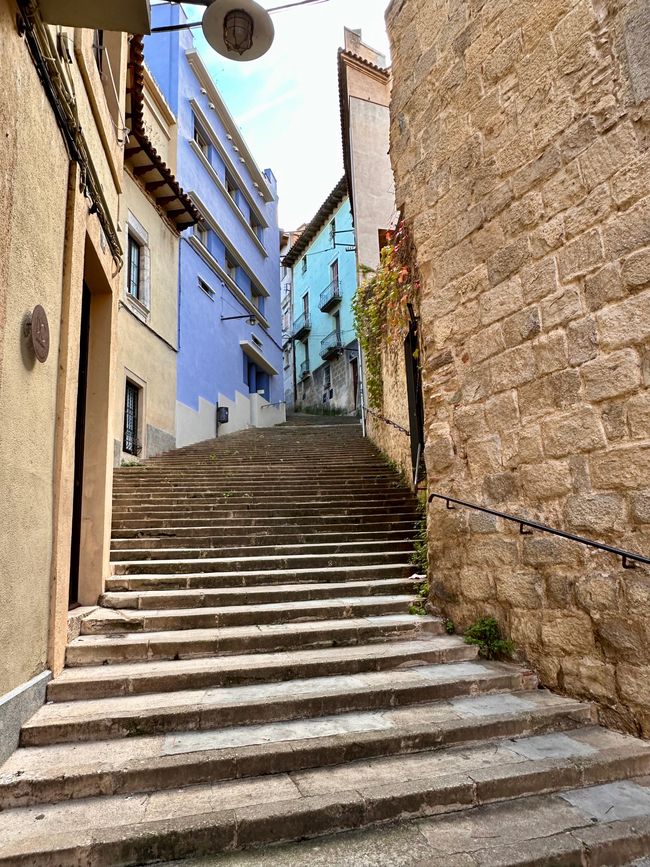
Nearby is a Capuchin monastery where the Arab baths are located, notably a pavilion built on eight slender columns and topped by an octagonal dome.

The monastery of Sant Pere de Galligants is an old Benedictine abbey that now houses a branch of the Archaeological Museum of Catalonia (MAC).
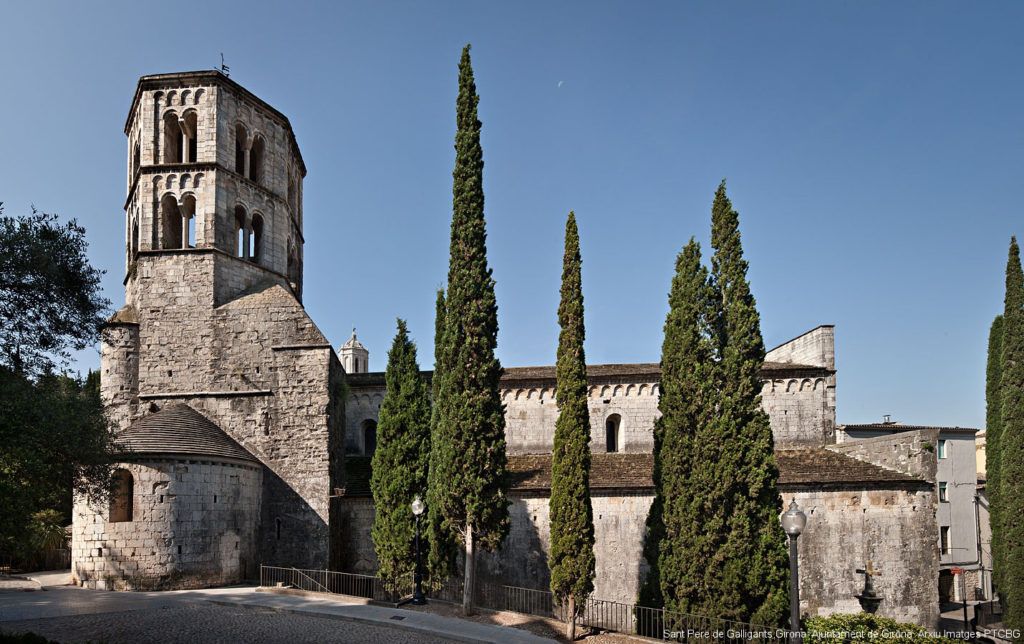
At the foot of the bell tower of Sant Feliu, which stretches to the sky, we take a lunch break and enjoy tapas with a glass of wine.
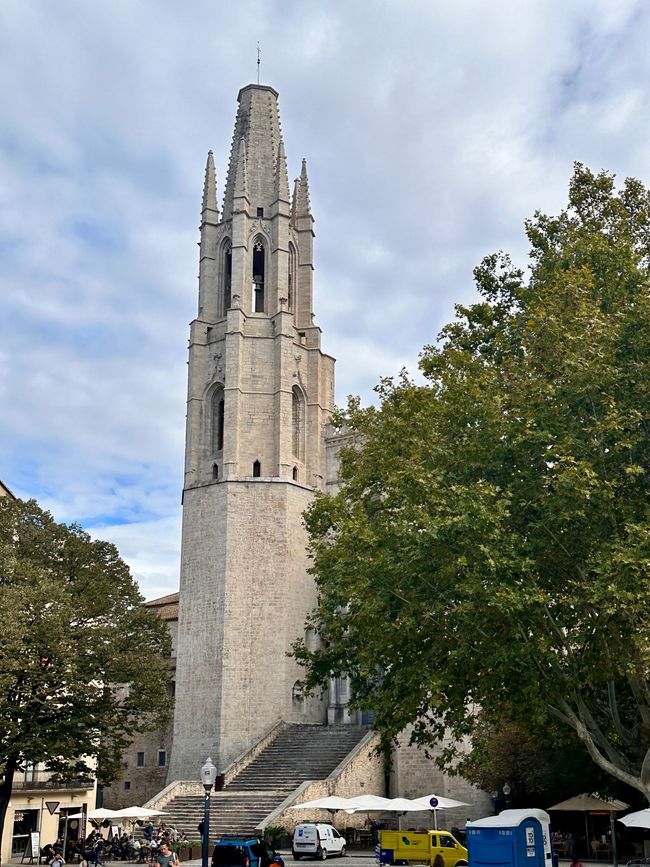
We cross the Pont de Pedra over the Onyar River, from where we get a great view of the entire city center and its ochre, indigo, and copper-colored façades.
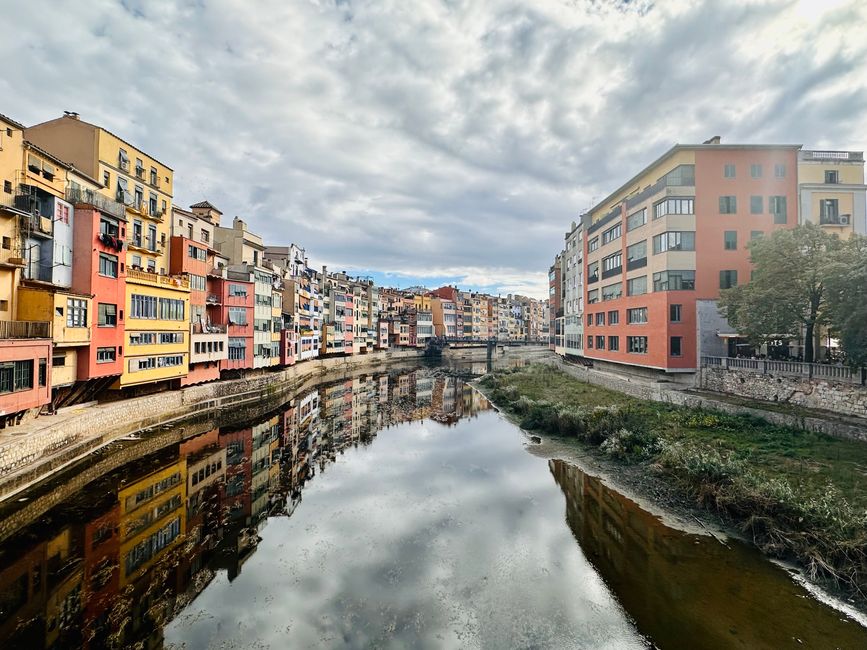
Girona's famous postcard motif is the colorful houses along the Onyar River, which flows through the city. The view of these joyfully colored houses against the backdrop of the Cathedral and the Basilica of Sant Feliu ranks among the most beautiful and famous sights in Girona that no visitor should miss.
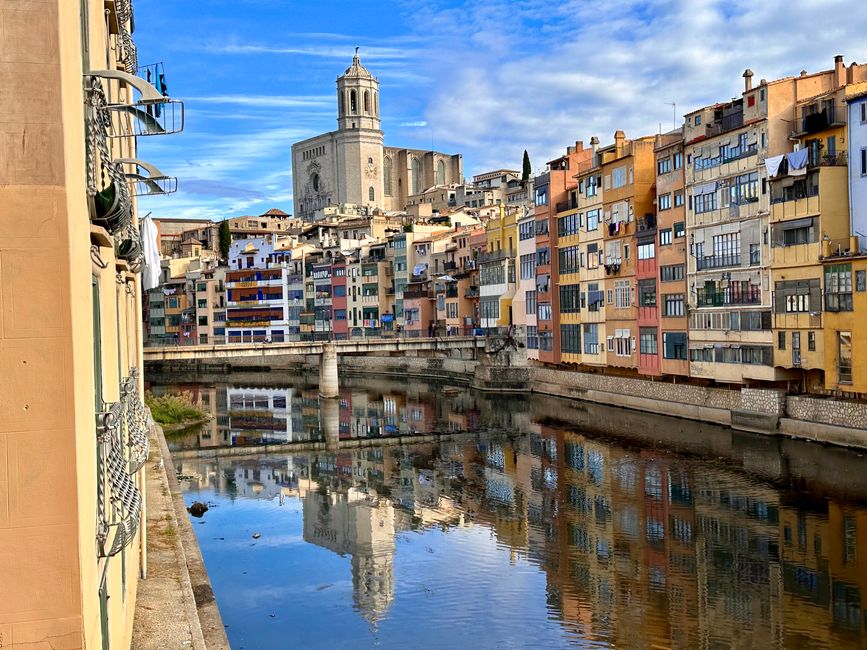
La Rambla de la Llibertat is one of the most beautiful and popular streets in Girona, running parallel to the Rio Onyar from the Pont de Pedra (Stone Bridge) into the old town. Built in the 13th century, it long served as a central marketplace and meeting place. To this day, La Rambla is a hub of urban life for both visitors and locals.

Here, one can also admire remarkable buildings, such as the Casa Norat with its impressive modernist façade.

Enjoying a coffee on the Plaça de la Independencia, with its arcades and colonnades in neoclassical style, is a must for every visitor to Girona. Here, on the site of the former convent of Sant Agustí, many beautiful and elegant bars and restaurants invite visitors to enjoy a coffee in close proximity.
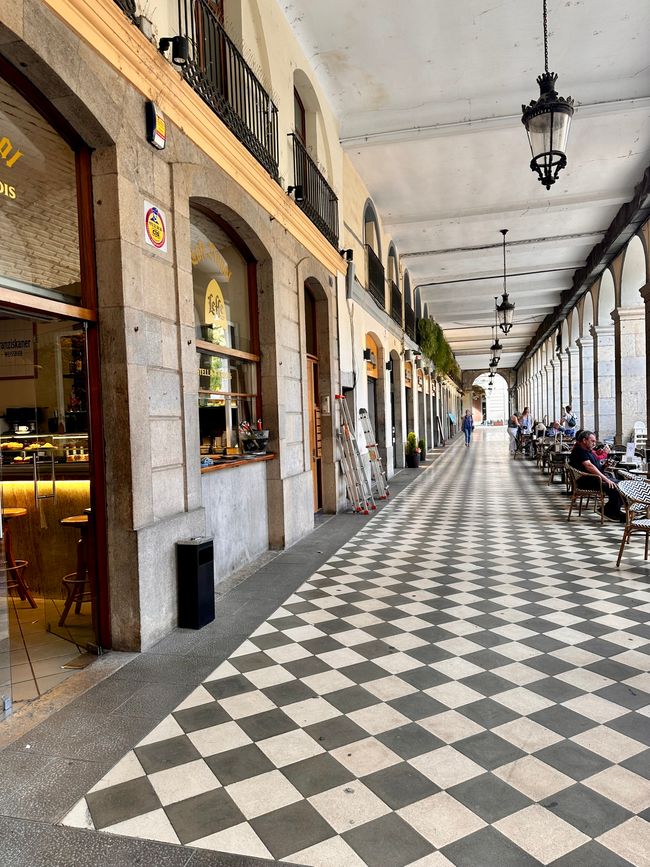
In a week, the festival of Sant Narcís will be celebrated. It is the largest and most important festival in Girona, held in honor of the city’s patron saint, Sant Narcís, every year at the end of October. The festival often begins with a festive parade, where large figures (the so-called “Gigantes” and “Cabezudos”) parade through the streets. These figures represent mythological or historical characters and are an integral part of Catalan festivals.
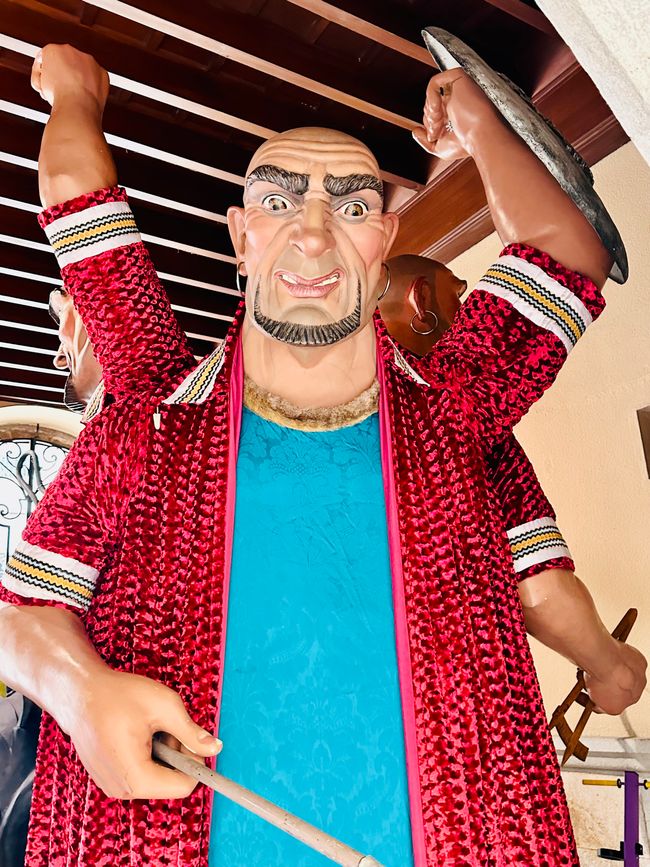
There is still much to tell and see about the city. One day is not nearly enough to discover all the beautiful corners. We will surely come back again.
ਨਿਊਜ਼ਲੈਟਰ ਦੀ ਗਾਹਕੀ ਲਓ
ਜਵਾਬ
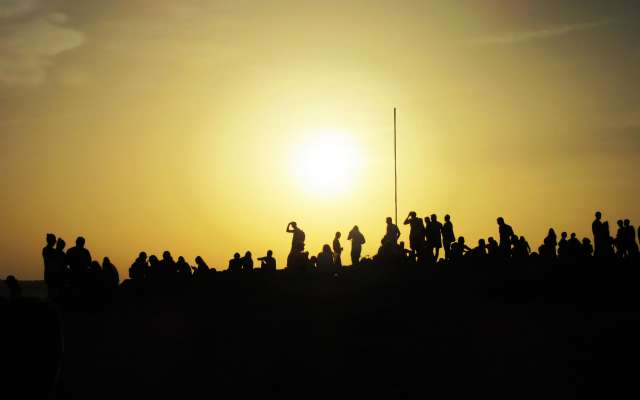
ਯਾਤਰਾ ਰਿਪੋਰਟਾਂ ਸਪੇਨ
